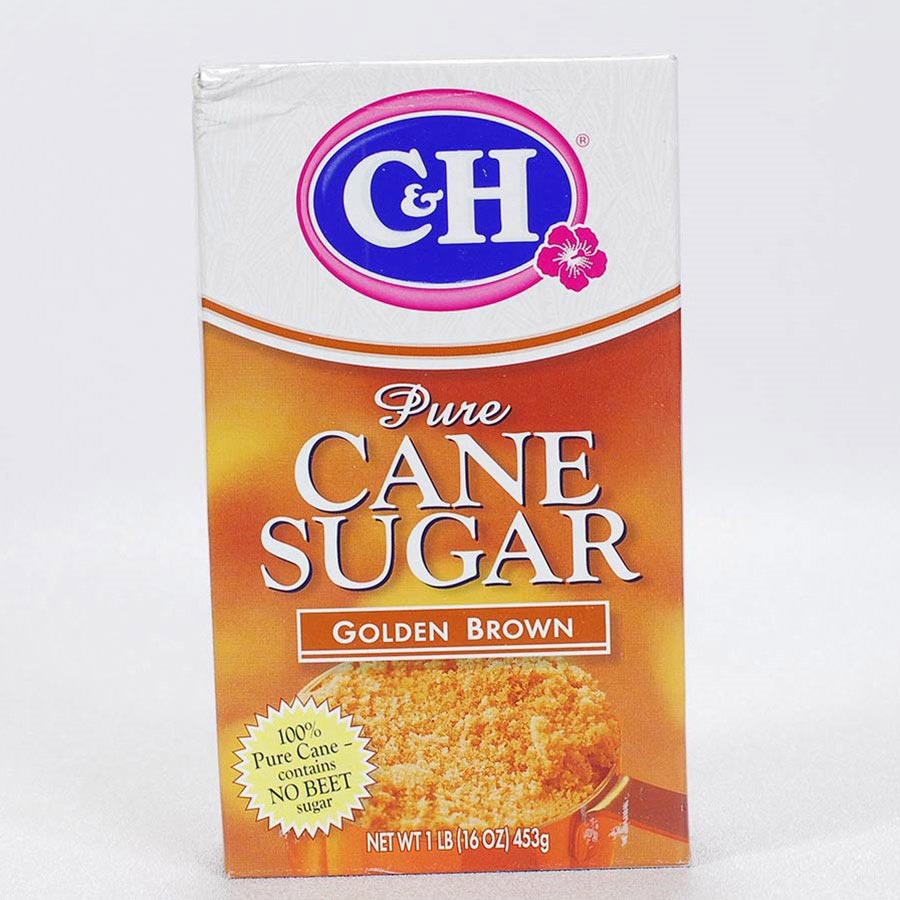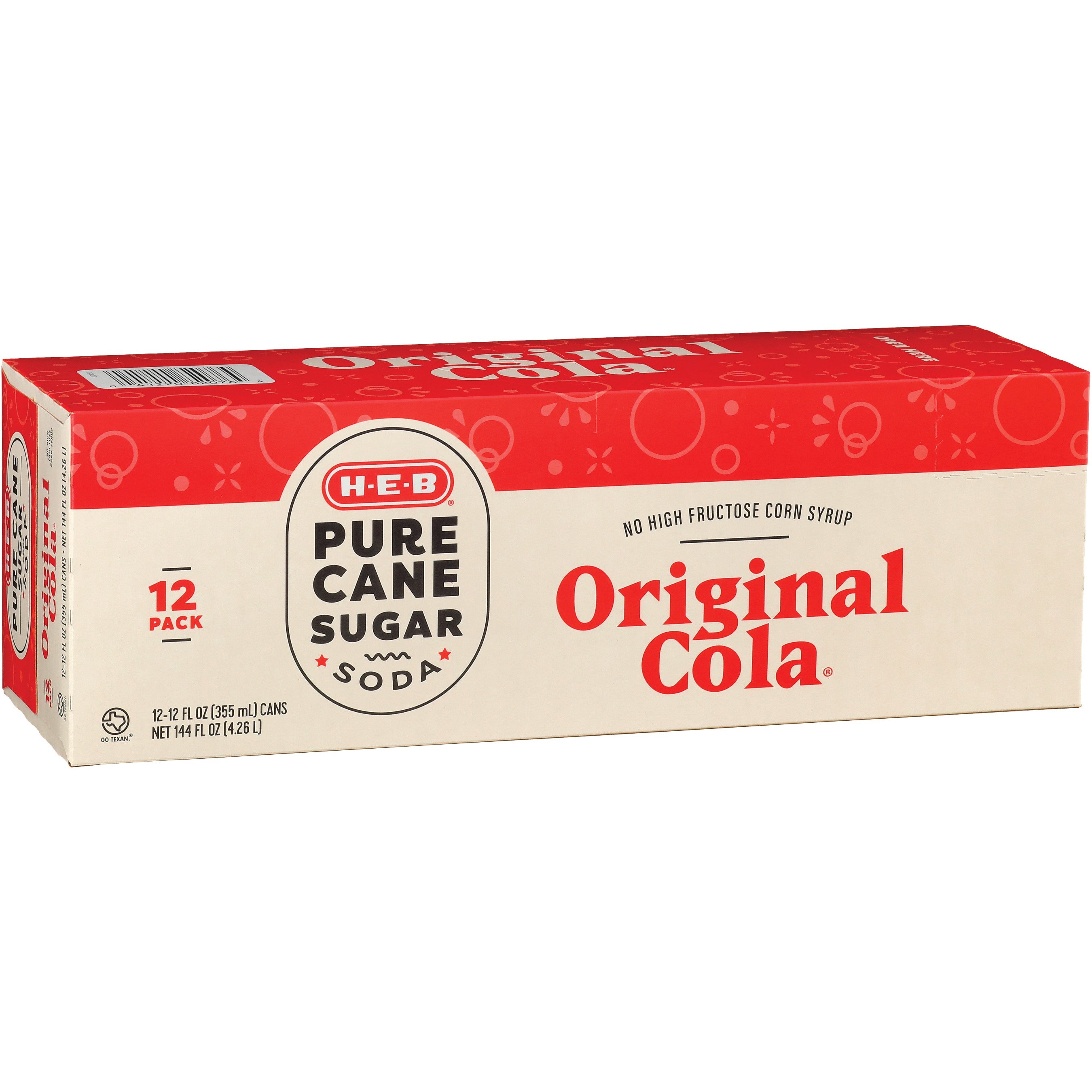The Trip of Cane Sugar Processing: From Harvest to Crystals
The Trip of Cane Sugar Processing: From Harvest to Crystals
Blog Article
Understanding the Important Methods and Technologies Utilized in Modern Cane Sugar Handling
The evolution of cane sugar handling has been substantially shaped by the combination of advanced techniques and modern technologies that deal with both performance and sustainability. Enzyme-assisted removal and innovative refining techniques have transformed yield optimization, while automation helps with functional dependability. In addition, the emphasis on lasting practices shows a growing understanding of ecological effect. As we explore these essential advancements, it comes to be crucial to take a look at just how they not only enhance production yet also line up with broader industry trends and customer demands, questioning regarding the future of sugar processing and its implications for international markets.
Historic Context of Walking Cane Sugar Processing
The historic context of walking cane sugar processing reveals an abundant tapestry of farming innovation and social exchange that has actually shaped its development over centuries. Stemming in Southeast Asia, sugarcane was cultivated as early as 8000 BCE - Cane Sugar Processing. The process of fine-tuning and removing sugar obtained energy in India, where techniques for condensation were refined around the sixth century. This expertise went across to the Center East, and by the 12th century, sugar came to be a valued product in Europe, resulting in the establishment of sugar haciendas in the Mediterranean.

Advanced Extraction Strategies
Effectiveness in cane sugar extraction has actually seen substantial developments, driven by the requirement for higher returns and reduced production costs. This technique not only enhances sugar return yet additionally lowers the power needed for handling.
Additionally, the adoption of membrane filtration modern technologies, such as nanofiltration and reverse osmosis, has revolutionized the splitting up of sugar from pollutants. These techniques enable for the careful permeation of sugar particles while maintaining bigger contaminants, streamlining the extraction procedure and decreasing waste.
In addition, the assimilation of continual removal systems has caused boosted functional performance. Cane Sugar Processing. These systems keep a consistent flow of walking stick material, guaranteeing ideal removal conditions and lowering downtime connected with batch processing
Cutting-edge Refining Technologies
Refining techniques in walking cane sugar handling have actually undertaken a transformative change, driven by the demand for higher pureness and enhanced product high quality. Among one of the most noteworthy innovations is the adoption of membrane filtration technologies, such as ultrafiltration and nanofiltration. These processes properly eliminate contaminations and colorants without the demand for substantial chemical therapies, consequently protecting the sugar's natural flavor and boosting its charm.
An additional significant innovation is making use of ion exchange resins, which enable for careful removal of unwanted ions from sugar solutions. This modern technology not only boosts the overall pureness of the last item but also contributes to lowered waste and environmental influence.
Furthermore, advancements in adsorption strategies, utilizing activated carbon and other innovative materials, have shown efficient in decolorizing sugar remedies while preserving optimal quality. The assimilation of these ingenious refining innovations guarantees that producers can generate polished sugar with superior quality and preference, meeting the developing choices of consumers.
Automation and Control Equipment
Recent advancements in refining modern technologies have actually led the way for considerable enhancements in automation and control systems within cane sugar processing centers. These systems make use of advanced software application and equipment to enhance functional effectiveness, reduce human mistake, and make certain regular product top quality.
Modern automation incorporates different elements, consisting of sensors, actuators, and programmable reasoning controllers (PLCs), enabling real-time tracking and control of vital processes. As an example, temperature, flow, and stress rates can be precisely managed during removal, clarification, and formation phases, enhancing performance and minimizing waste.
Furthermore, advanced data analytics and equipment understanding formulas play a pivotal function in anticipating upkeep, permitting operators to anticipate tools failings before they occur. This proactive technique not just reduces downtime but also prolongs the life expectancy of machinery.
In enhancement, automation facilitates the execution of Sector 4.0 principles, equipping sugar mills to accomplish better connectivity and data exchange across processes. As a investigate this site result, decision-making ends up being even more educated and agile, inevitably enhancing the overall competitiveness of walking stick sugar production. With these innovations, the market is well-positioned to meet expanding international demands while maintaining operational excellence.
Sustainability Practices in Sugar Manufacturing
Sustainability techniques in sugar manufacturing have actually ended up being increasingly essential as the industry seeks to balance financial feasibility with ecological duty. As customer understanding expands concerning the environmental impacts of agricultural methods, sugar producers are taking on innovative techniques to minimize their environmental impact.
One substantial method is the application of precision farming techniques, which make use of information analytics to enhance source usage, such as water and fertilizers. This minimizes waste and lessens the my explanation effect on local ecological communities. Additionally, many producers are transitioning to renewable resource sources, such as biomass from sugarcane byproducts, to power their operations, consequently lowering dependence on nonrenewable fuel sources.
Water administration methods are additionally essential; rain harvesting and efficient irrigation systems aid minimize water shortage problems. Cane Sugar Processing. Additionally, incorporated pest monitoring approaches lower chemical use, promoting biodiversity and dirt health and wellness
Company social obligation efforts are emerging, with firms buying regional areas and making certain reasonable labor methods. By embracing these sustainability methods, the sugar sector not just enhances its online reputation yet likewise adds to a much more sustainable agricultural landscape, paving the method for future generations.

Final Thought
In recap, contemporary walking stick sugar processing includes a range of advanced strategies and modern technologies that dramatically enhance sustainability, effectiveness, and yield. Jointly, these improvements position the walking cane sugar sector to meet contemporary demands while dealing with crucial worldwide obstacles.
The development of cane sugar handling has been considerably formed by the integration of advanced strategies and technologies that deal with both efficiency and sustainability.The historical context of cane sugar handling reveals a rich tapestry of farming innovation and cultural exchange that has actually formed its development over centuries. Developments in milling and refining arised, laying the foundation for modern-day walking stick sugar processing.Refining strategies in cane read this article sugar processing have undergone a transformative shift, driven by the demand for greater pureness and boosted product top quality.In summary, modern cane sugar handling includes an array of advanced methods and technologies that substantially enhance sustainability, yield, and effectiveness.
Report this page